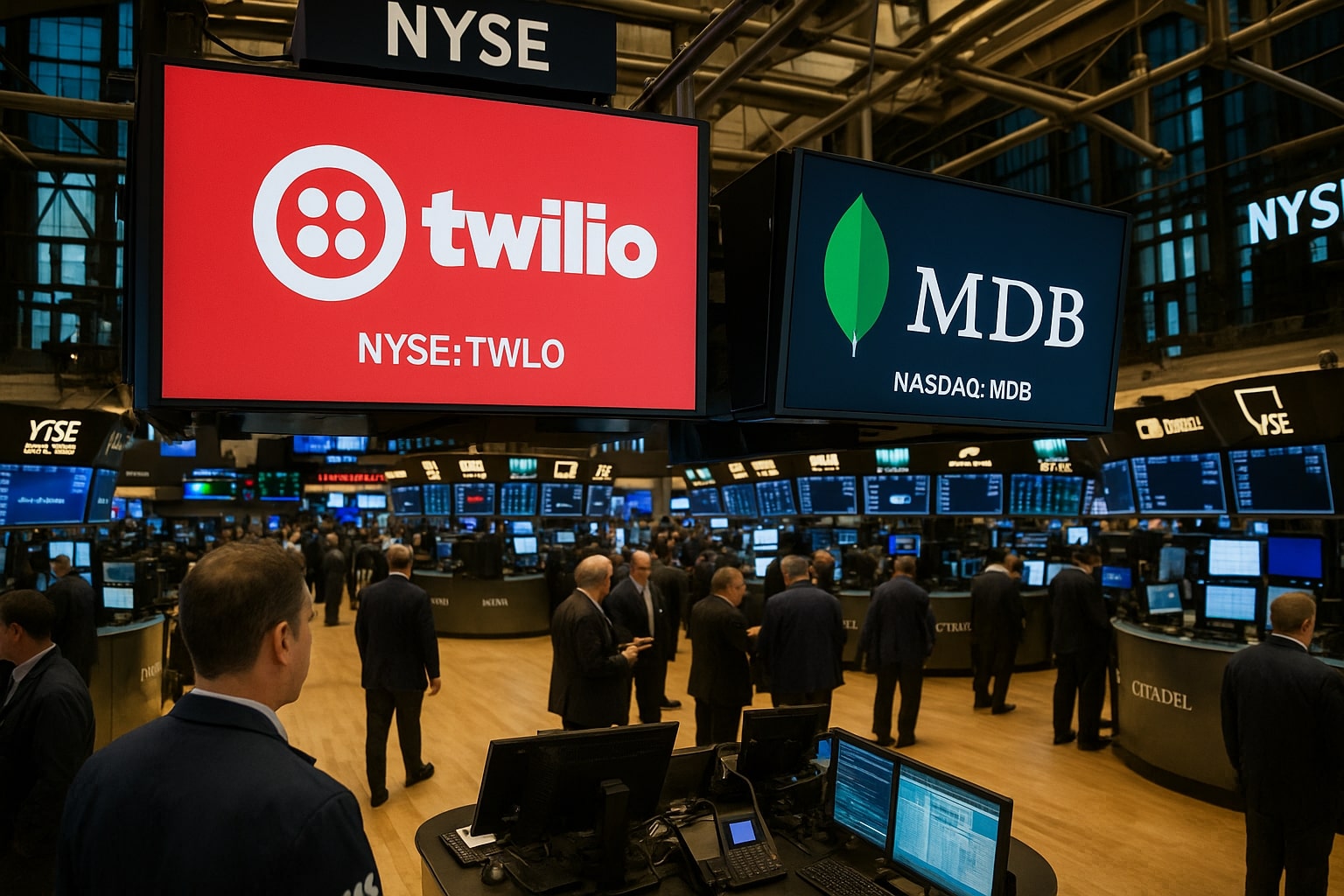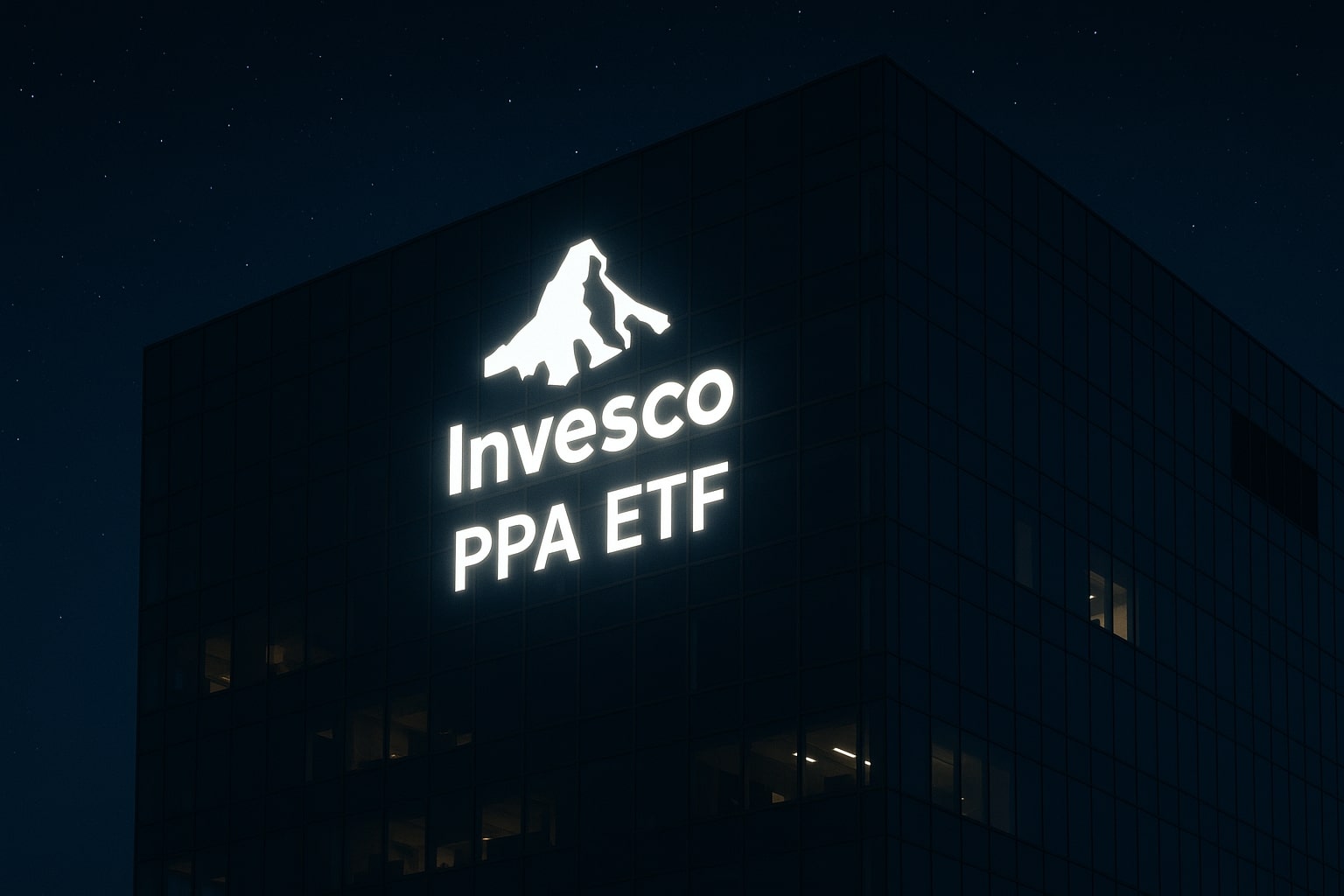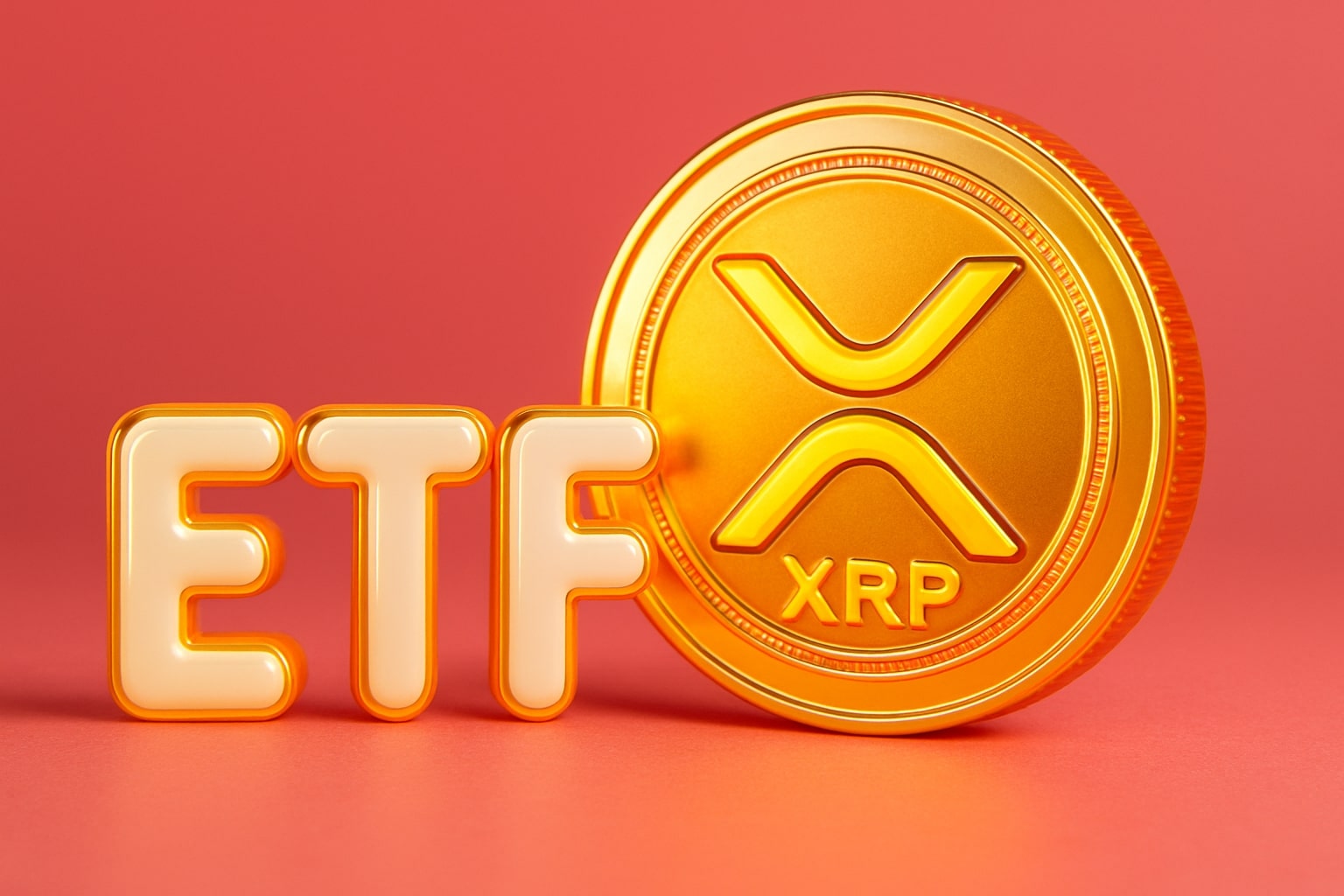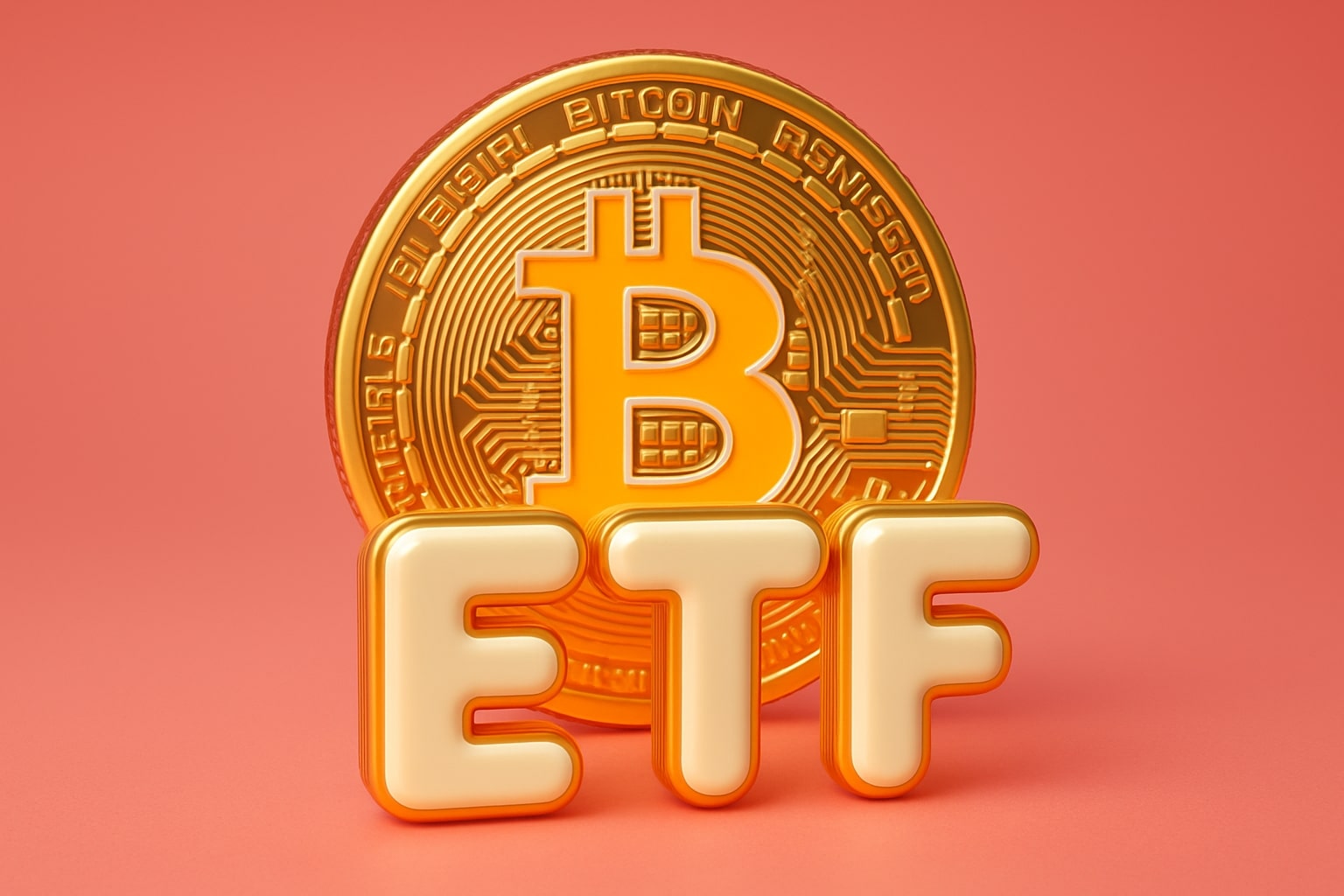
Twilio Stock vs MongoDB Stock: NYSE:TWLO Slides as NASDAQ:MDB Breaks Out on AI Demand
Twilio revenue climbs to $1.23B but margins compress, while MongoDB Atlas revenue soars 29% to $591M, lifting guidance and fueling AI momentum | That's TradingNEWS
NYSE:TWLO Versus NASDAQ:MDB – Diverging Paths in Cloud Communications and AI Infrastructure
The recent earnings cycle has drawn a stark line between Twilio Inc. (NYSE:TWLO) and MongoDB Inc. (NASDAQ:MDB), two companies often discussed in the same breath as cloud leaders but currently experiencing very different investor sentiment. Twilio shares collapsed nearly 19% post-earnings, closing around $103 per share, after Q2 results highlighted softening margins even as revenues advanced 13.8% year over year to $1.23 billion. Investors fixated on gross margins slipping to 50.7% and adjusted EBIT margin compressing to 14.2%, both impacted by Verizon’s 33% A2P fee increase and a heavier international mix. MongoDB, by contrast, surged more than 34% to $289, after delivering Q2 revenue of $591.4 million, up 24% YoY, with Atlas revenue expanding 29% YoY and now representing 74% of total revenue. Not only did MongoDB’s growth accelerate, but management also raised full-year guidance to 16.9% revenue growth and a 14% operating margin, a sharp improvement from prior expectations of 10%, giving MDB the look of a company riding the crest of enterprise AI adoption.
Revenue Growth Trajectories Highlight Market Divergence
Twilio has proven it can still grow revenues, with Q2 showing 5.1% sequential growth on top of double-digit annual expansion, but the market is no longer impressed by top-line alone. Twilio’s narrative is clouded by cost pressures that may persist through H1 2026, making its near-term revenue outlook less compelling. Even so, Twilio’s management raised FY2025 organic revenue guidance to $4.88 billion, up 9.5% YoY, alongside adjusted operating income of $862.5 million, reflecting confidence in long-term execution. In sharp contrast, MongoDB’s surprise acceleration suggests a company still capable of delivering growth in excess of 20% at scale, with customer additions fueling its trajectory. MDB ended Q2 with 59,900 customers, a gain of 2,800 sequentially, and enterprise accounts ($100K+ ARR) up 17% YoY to 2,564. This enterprise pivot ensures that Atlas adoption is broadening across industries, while Twilio still leans heavily on its messaging business for growth.
Profitability and Cash Flow Trends Separate NYSE:TWLO from NASDAQ:MDB
Despite the selloff, Twilio is far from unprofitable. Q2 free cash flow hit $263 million, a 32.8% YoY increase, with margins expanding to 21%, meaning free cash flow grew 2.4x faster than revenue. Over the trailing twelve months, Twilio has generated $751 million in levered free cash flow and $780.9 million in operating cash flow, bolstered by a $2.54 billion cash balance against $1.1 billion in debt. Twilio’s balance sheet offers flexibility to navigate near-term margin pressures. MongoDB, however, has shifted investor perception with its newfound cash generation. Management now projects $310 million in free cash flow for FY26, rising to $450 million in FY27, placing MDB on track for durable cash profitability despite still reporting net losses (-$86.1 million TTM). Investors are comfortable paying a steep 52x forward free cash flow multiple for MongoDB because they see it as an inflection point story, with cost discipline under its new CFO driving stronger margins. For Twilio, free cash flow is already robust, but margin compression has overshadowed this strength. For MongoDB, cash flow growth is seen as proof the business model is maturing into its AI-fueled growth story.
Customer Expansion and Retention Metrics in Focus
Twilio remains a scale player in customer count, boasting 342,000 active customers, up 10.6% YoY, while its dollar-based net expansion rate climbed to 108%, indicating its customers are spending more across its product suite. This strength is rooted in cross-selling of new products like ConversationRelay, Conversational Intelligence, and WhatsApp Business Calling, designed to expand Twilio’s reach beyond messaging. But the company’s reliance on carrier relationships introduces volatility, as seen in the Verizon-driven fee spike. MongoDB is proving itself indispensable in enterprise AI infrastructure, where developers require flexible, unstructured data management. The addition of 2,800 new customers in a single quarter underscores traction, but the more telling metric is the growth of enterprise-scale contracts, which continue to grow in the high teens percentage range. For MDB, net new enterprise workloads are fueling Atlas consumption, cementing its reputation as a key database for AI-driven applications. For TWLO, retention remains strong, but its exposure to telecom pricing dynamics leaves it vulnerable.
Valuation Contrast: Discounted NYSE:TWLO Versus Premium NASDAQ:MDB
The valuation spread between the two companies is wide. Twilio trades at just 3.43x price-to-sales and 23.7x forward P/E, a discount compared with the broader SaaS sector and its own historical multiples. Based on consensus FY2027 EPS of $6.22, Twilio offers nearly 50% upside to a fair value estimate of $147.80, making it look like a recovery candidate for patient investors. MongoDB, by contrast, is priced richly at 7.8x price-to-sales and 74x forward P/E, reflecting a market premium for high growth. Analysts peg MDB’s price target around $307.68, with bullish cases reaching $405, implying upside of 40% even after the recent spike. Twilio is a bet on margin stabilization and patient re-rating, MongoDB is priced as a momentum play with AI tailwinds.
Institutional Activity and Insider Confidence
Both companies are heavily institutionally owned, with 89% of Twilio and 87% of MongoDB in the hands of funds. Twilio insiders control 4.2%, while MongoDB insiders hold 3.1%. Short interest reflects the different sentiment: 5.4% of Twilio’s float is short, compared with 6.3% for MongoDB, indicating skepticism around MDB’s premium valuation. Monitoring Twilio insider transactions and MongoDB insider activity provides an additional layer of insight into how management teams view their current stock prices. Twilio’s buybacks, which have already retired over 6.1% of float in the last year, show management confidence. MongoDB has yet to deploy such capital allocation tools, prioritizing growth investment over shareholder returns.
Technical Picture – Support for NYSE:TWLO, Breakout for NASDAQ:MDB
On the charts, Twilio is deeply oversold. The stock trades well under its 50-day moving average of $117.79 and 200-day average of $111.89, with support forming around $90–95, a range coinciding with its April 2025 floor in the $80s. Momentum indicators suggest sellers may be exhausted, creating potential for a rebound if margin trends stabilize. MongoDB meanwhile has staged a breakout, rocketing from $214 pre-earnings to $289. With a 52-week high of $370, technical traders see further room for upside momentum, especially if AI enthusiasm continues. The divergence between a stock seeking a floor and one testing breakout levels epitomizes the contrasting investor sentiment.
Outlook: Recovery Potential in NYSE:TWLO, Growth Premium in NASDAQ:MDB
Twilio (NYSE:TWLO) is a recovery candidate. It trades at discounted multiples, generates significant free cash flow, and has raised guidance, but must navigate fee-driven margin erosion in the near term. MongoDB (NASDAQ:MDB) is an AI momentum play, richly valued yet rewarded by investors for accelerating revenue, strong enterprise traction, and cash flow inflection. For investors seeking value, Twilio offers nearly 50% upside if it can stabilize margins. For those seeking growth momentum tied to AI infrastructure, MongoDB justifies its premium with accelerating Atlas consumption and rising guidance. The divergence between the two highlights the market’s bifurcation: undervalued communications-as-a-service weighed by execution risks versus high-premium AI infrastructure priced for perfection.
That's TradingNEWS
Read More
-
PPA ETF at $154: Can This Defense ETF Keep Beating ITA and SPY?
14.12.2025 · TradingNEWS ArchiveStocks
-
XRP ETFs XRPI and XRPR Pull In $975M While XRP-USD Fights To Hold $2
14.12.2025 · TradingNEWS ArchiveCrypto
-
Natural Gas Price Forecast: NG=F Hits $4.11 As Warm Winter Outlook Puts $3.913 Support At Risk
14.12.2025 · TradingNEWS ArchiveCommodities
-
USD/JPY Price Forecast - Dollar to Yen Can BoJ’s 0.75% Shock Break The 155–158 Range?
14.12.2025 · TradingNEWS ArchiveForex


















